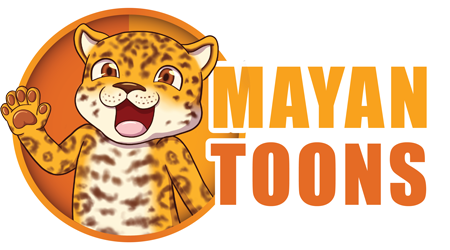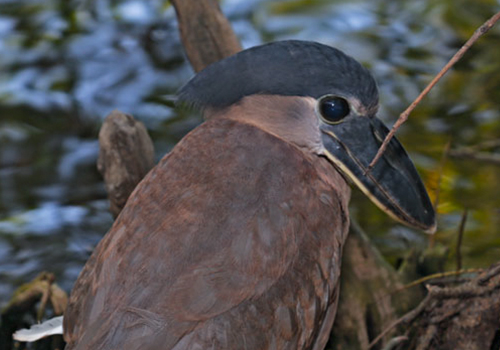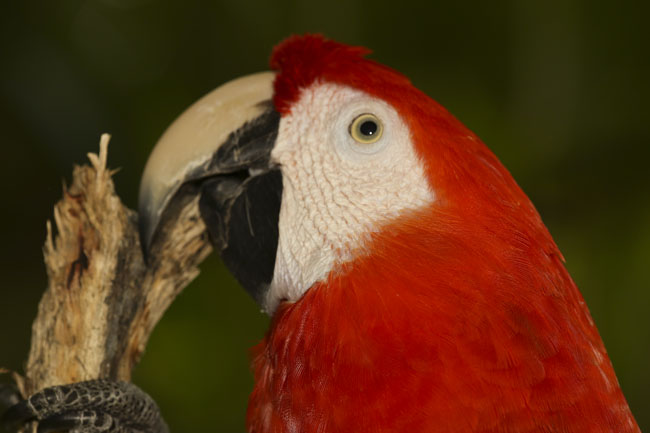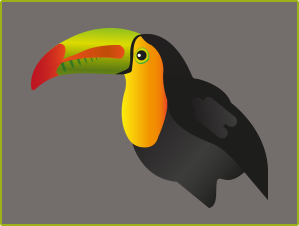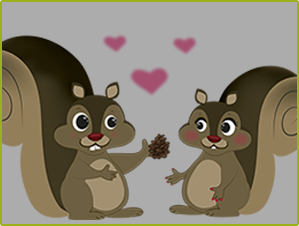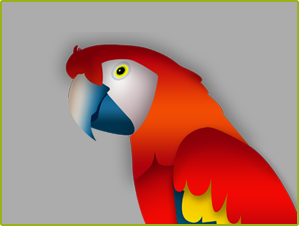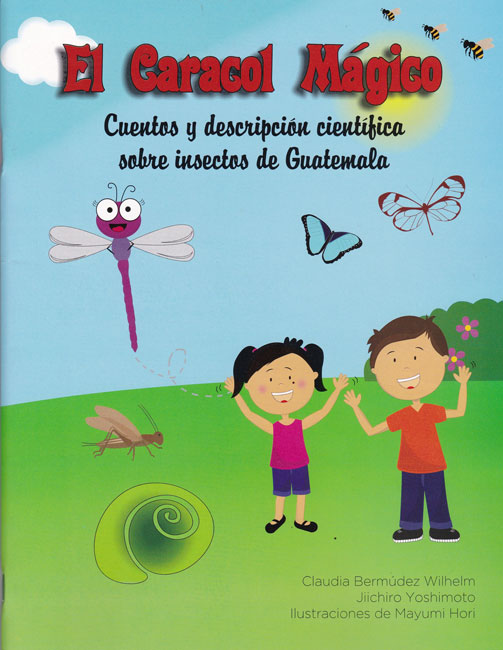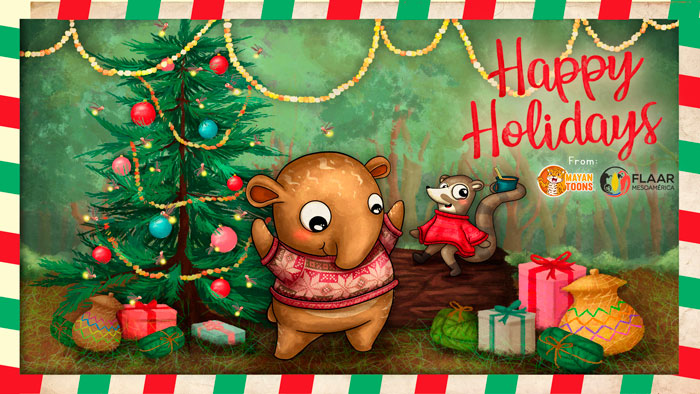It definitely helps when a children’s book on insects is co-authored by an entomologist (a biologist or zoologist who specialized in insects). For example, most web pages and reports on any aspect of flora and fauna are just copy-and-paste from Wikipedia. Most cute books for children are written by inspired people, usually from their homes. Trying to be polite to say that most books for children, for example, have monkeys eating bananas: there were no bananas in the Americas before brought by the Spaniards. Spider monkeys did not eat bananas 1000 years ago. And howler monkeys eat primarily leaves (and other impressive primates such as apes are not in Central America!).
This is why we at FLAAR Mesoamerica wish to draw attention to this notable book that uses scientifically acceptable information but written, and illustrated, in a manner for children.
We thus commend the work of Dr. Jiichiro Yoshimoto, a researcher on insects for many years at the Universidad del Valle de Guatemala. The nice stories are by Claudia Bermúdez Wilhelm. The attractive illustrations are by Mayumi Hori.
We at FLAAR Mesoamerica have an ethnobotanical research garden surrounding the office where we write our storyboards on flora and fauna for children. We have stingless bees happily buzzing around; lots of butterflies; and plenty of spiders (which is better: carcinogenic insect spray and pesticides or some happy spiders eating the insects for you?). We also have tailless whip scorpions happily wandering around the office. Plus on field trips we study beetles, paper wasps, tarantulas, butterflies and look forward to learning more about moths.
We are inspired to having reliable information available in our educational books for children about flora and fauna of Guatemala. Thus we realize that this book on El Caracol Mágico, Cuentos y Descripción Científica sobre Insectos de Guatemala deserves mention by us at FLAAR Mesoamerica. We thank Victor Mendoza for receiving the book from Dr. Jiichiro Yoshimoto and bringing it to our office.
I sincerely appreciate having this book available from Dr. Yoshimoto so that I can see it when it is possible to have flights back to Guatemala from USA.
Posted June 18, 2020
